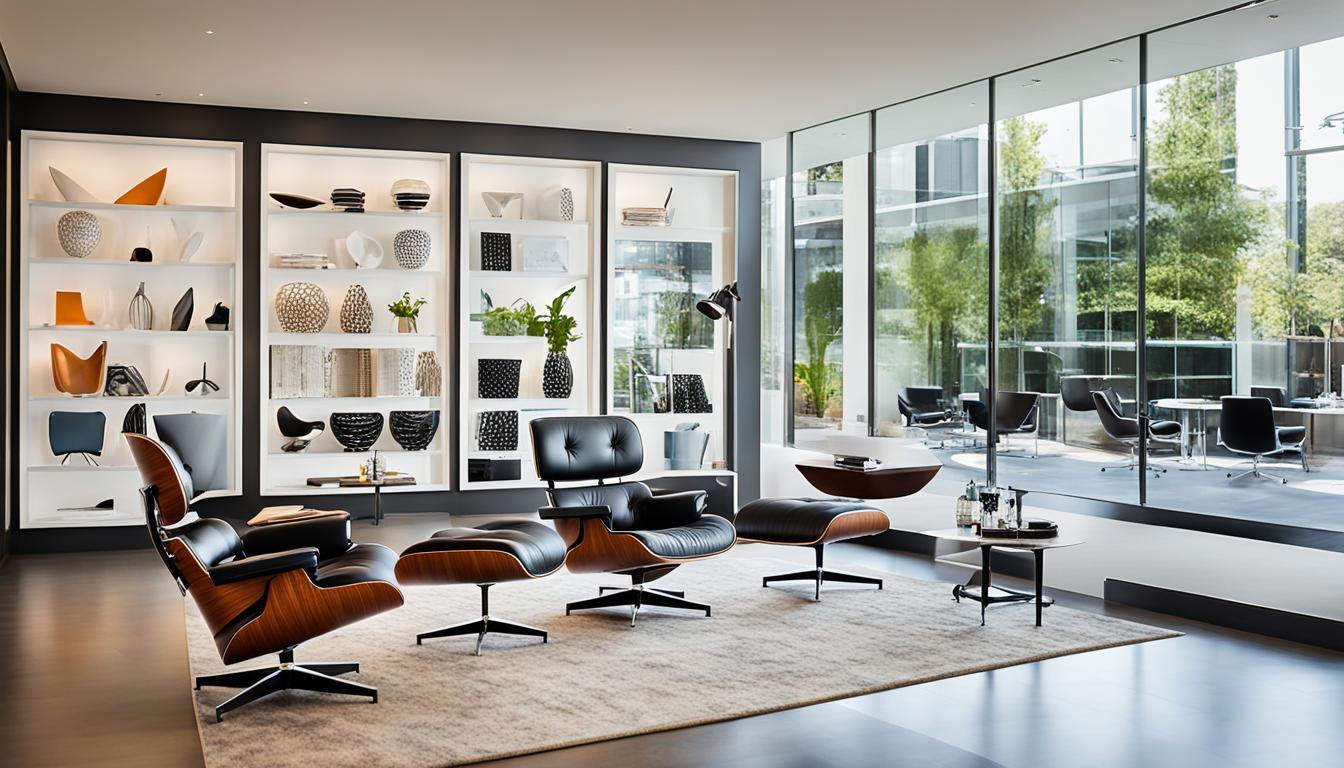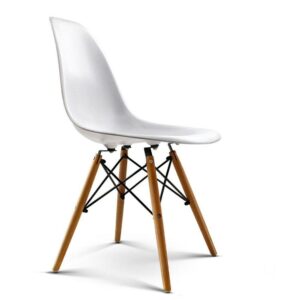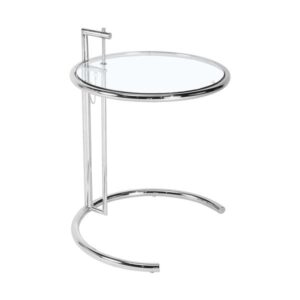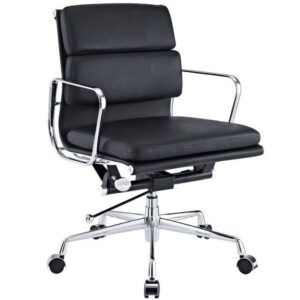The furniture in your living room or office plays a crucial role in shaping the overall aesthetic of your space. It’s not just about having somewhere to sit; it’s about creating an atmosphere that reflects your style and enhances comfort. Whether hosting guests or working from home, the right pieces can make all the difference.
Designer furniture has become increasingly popular for those looking to elevate their interiors. These unique creations do more than serve a function—they tell a story and add character to any room. Investing in designer pieces is often viewed as a commitment to quality, artistry, and individuality, setting your spaces apart from ordinary settings.
Are you ready to explore how designer furniture can transform your living environment? Let’s dive into its rise, benefits, styles, and tips on integrating these stunning elements into your personal or professional space!
The rise of designer furniture and its benefits
Designer furniture has surged in popularity, captivating homeowners and businesses alike. This shift stems from a growing recognition of quality pieces’ impact on aesthetics.
Unlike mass-produced alternatives, designer furniture often showcases unique craftsmanship. Each piece tells a story, adding character to any space. The attention to detail is remarkable and transforms ordinary rooms into extraordinary settings.
Investing in designer furniture also ensures durability. High-quality materials withstand wear over time, making them wise long-term choices instead of frequent replacements.
Moreover, these pieces offer versatility. They seamlessly blend with various design styles—from modern minimalism to classic elegance—allowing for personal expression without compromising function.
Additionally, owning designer items can elevate social status and create an inviting atmosphere for guests or clients. The right chair or table serves its purpose and sparks conversation and admiration.
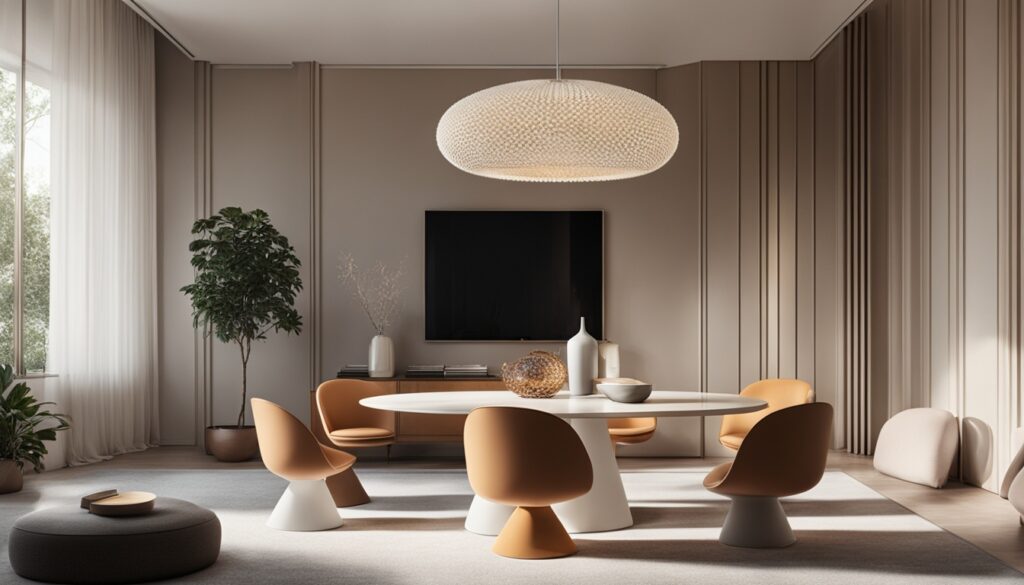
Benefits of Investing in Designer Furniture
Investing in designer furniture instantly elevates your living or workspace. Each piece often reflects superior craftsmanship and quality materials that stand the test of time.
Choosing designer items means you’re not just buying furniture by acquiring art. These unique designs can turn an ordinary room into an extraordinary one, showcasing your style.
Additionally, designer furniture typically offers enhanced comfort and functionality. Ergonomically designed chairs and couches support better posture while improving office productivity or home relaxation.
Another significant advantage is durability. Unlike mass-produced alternatives, high-end pieces are built to last, saving money on frequent replacements over time.
Moreover, many designers prioritize sustainable practices, meaning your investment could also be environmentally friendly. This commitment adds value to each purchase, aligning with a more eco-conscious lifestyle.
Different styles of designer furniture for living rooms and offices
Designer furniture comes in various styles, each with its distinct character. For living rooms, mid-century modern pieces often steal the spotlight. Their clean lines and organic forms create a timeless feel.
If you are too elegant, consider contemporary furnishings. Sleek designs paired with luxurious materials can elevate any space instantly.
Industrial-style furniture adds a rugged charm to offices. Think metal desks and wooden accents that bring warmth to professional environments.
Alternatively, the Scandinavian design offers functionality without sacrificing aesthetics. Minimalist shapes combined with earthy tones promote productivity while keeping it stylish.
Each style uniquely contributes to your ambiance, effortlessly enhancing comfort and visual appeal. Consider how these looks resonate with your taste and functional needs when selecting designer furniture.
Tips for incorporating designer furniture into your space
Start by assessing your space. Measure the dimensions of your rooms and consider how much furniture you genuinely need. This helps avoid overcrowding.
Next, choose a focal point. A striking designer piece can serve as the anchor for your room sign. Arrange other elements around it to enhance its appeal.
Mix textures and materials to create depth. Combining leather with wood or metal accents can bring an exciting contrast to your decor.
Don’t go away from color. A bold designer chair or sofa can inject personality into a neutral palette, making the space vibrant.
Think about functionality as well as aesthetics. Designer furniture should look good and fit seamlessly into your lifestyle, ensuring comfort while elevating style.
Maintenance and Care of Designer Furniture
Designer furniture is an investment that deserves proper care. Regular maintenance ensures its beauty and longevity.
Start with dusting surfaces weekly using a soft, lint-free cloth. This simple step keeps your pieces looking fresh and vibrant. For upholstery, vacuum gently to remove dirt and crumbs without damaging the fabric.
Avoid direct sunlight whenever possible. Sunlight can fade colors over time, diminishing the elegance of your furniture. Use window treatments to protect against harsh rays.
When spills happen, act quickly! Blot rather than rub to prevent stains from setting in. Be cautious with cleaning products—always test them on a hidden area first.
Consider professional cleaning for more significant upkeep tasks, such as leather conditioning or wood polishing. These services enhance aesthetics while preserving material integrity.
Rearrange occasionally for an updated look while maintaining harmony in your space. This allows you to inspect each piece closely!

Furniture Market Size Forecast 2023-2034
The global furniture market is poised for significant growth from 2023 to 2034, driven by evolving consumer preferences and an increasing emphasis on aesthetics and functionality across diverse spaces such as the living room and office. As homeowners seek to create inviting and stylish living areas, demand for innovative sofas, accent chairs, coffee tables, and multifunctional storage solutions is expected to rise. In parallel, with the surge in remote work culture continuing its momentum, there’s a marked uptick in the need for ergonomic office furniture that seamlessly merges comfort with productivity—think adjustable desks, supportive task chairs, and organized shelving units.
Market analysts predict that manufacturers will adapt their offerings accordingly as sustainable materials gain popularity among environmentally conscious consumers looking to enhance both their living rooms’ coziness and their home offices’ professionalism. The convergence of design trends towards minimalism paired with intelligent technology integration further sets the stage for a robust evolution within this sector over the coming years.
Conclusion: Elevate your space with designer furniture
Transforming your living room and office aesthetics is not just about adding furniture; it’s just curating a space that reflects your style and personality. Designer furniture plays a pivotal role in achieving this transformation. Its unique designs, high-quality materials, and attention to detail elevate the ambiance of any environment.
Investing in designer pieces can lead to long-term satisfaction as they often become conversation starters. You create an inviting atmosphere that impresses guests or clients while enhancing your experience. You can achieve harmony between function and aesthetics by thoughtfully incorporating different styles into your decor. Whether opting for sleek modern lines or classic elegance, each piece tells its story.
Maintenance may require some extra effort, but preserving the beauty of these items pays off significantly in the long run. Proper care ensures they remain stunning focal points within your home or office.
Elevate your space with designer furniture by embracing quality craftsmanship and distinctive design elements that resonate with you. Your surroundings should inspire creativity and comfort, and designer furnishings are key to unlocking that potential.

